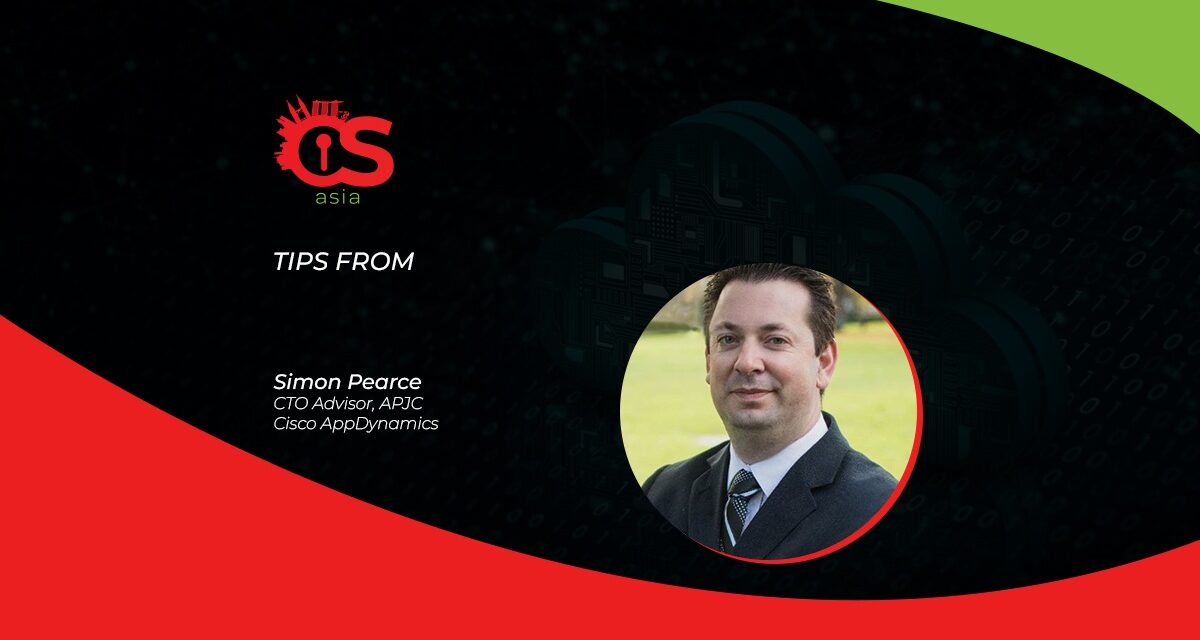A holistic, integrated strategy for application security is now essential for cloud-native businesses operating in an increasingly complex risk landscape
IT teams have been operating under relentless pressure to increase application velocity and deliver ever-more intuitive and personalized digital experiences. Yet, application security has largely failed to keep pace.
With the availability of low-code and no-code platforms, more workers have been able to develop apps at higher speeds and running them across a multitude of platforms. However, this is leading to an expanded attack surfaces because application components increasingly run on a mix of platforms and on-premises databases.
Acutely aware of the risks this presents, technologists have identified six measures for organizations to ensure robust application security within modern application stacks.

-
Secure the full application stack
Securing the full application stack delivers complete observability and protection for applications, from development through to production, across code, containers and Kubernetes.With Runtime Application Self-Protection in place, organizations can protect applications from the inside out. They can see what is happening inside the code, to prevent known exploits and simplify vulnerability fixes. Developers can generate targeted insights into their application environments that allow them to respond to threats at scale — whether that is in containers, on-premises, or in the cloud — and integrate security throughout the entire application lifecycle.
-
Automate continuous detection and prioritization
Robust automation strengthens security postures by identifying threats and resolving them independent of an admin. This can reduce human error, increase efficiency, and drive greater agility in development.Automation can also help to contextualize security, correlating risk in relation with other key areas such as the application, user and business. Business transaction insights enable technologists to measure the importance of threats based on severity scoring, factoring in the context of the threat by the extent of potential damage to business critical areas of the environment or application, reducing alert fatigue and increasing responsiveness.
-
Adopt a DevSecOps approach
This approach integrates application security throughout the development cycle from the very beginning, and is achieved through both security automation (which integrates security gates throughout development without slowing down the process), as well as a strategic and cultural shift toward in-built security.With DevSecOps, security becomes a consideration and a shared responsibility at every stage of the application lifecycle, where DevOps and SecOps identify and prioritize security issues for resolution.
-
Invest in upskilling
Surveys indicate that many IT professionals are not fully confident that they and their teams have the skills required to manage current application security threats. This skills gap is something that organizations need to address as a matter of priority, through upskilling and cross-skilling.In particular, the shift to a DevSecOps approach will require all tech staff, whether they come from the development, performance or security side, to broaden their skill sets to work effectively as part of an integrated application team. So security professionals will have to develop new skills and greater understanding in application development, and developers will need to become more knowledgeable about security.
-
Embed AI into AppSec processes
As bad actors ramp up their use of AI and ML, enterprise security teams must not fall behind. AIOps extend human capabilities in multiple cybersecurity tasks, including monitoring, assessing, and resolving security issues—freeing up security teams to focus on higher-value issues and enabling them to collaborate more effectively and strategically throughout the development lifecycle. -
Adopt an SRE model
Many development and operations teams have traditionally operated with a ‘silo mentality’, with essentially conflicting goals. Development teams have prioritized release velocity and product features, while ops teams have focused solely on production stability.The role of a Site Reliability Engineer (SRE) is crucial to overcome this long-standing conflict of interests, bringing together these two functions for the overall benefit of the project, end users and business.
Application security can no longer be an afterthought within the application lifecycle: instead it must become a critical element of the entire cycle, and a major consideration from the very outset.
A holistic and integrated strategy for application security is now essential for organizations to reap the benefits of cloud native technologies, while managing an increasingly complex risk landscape.





















